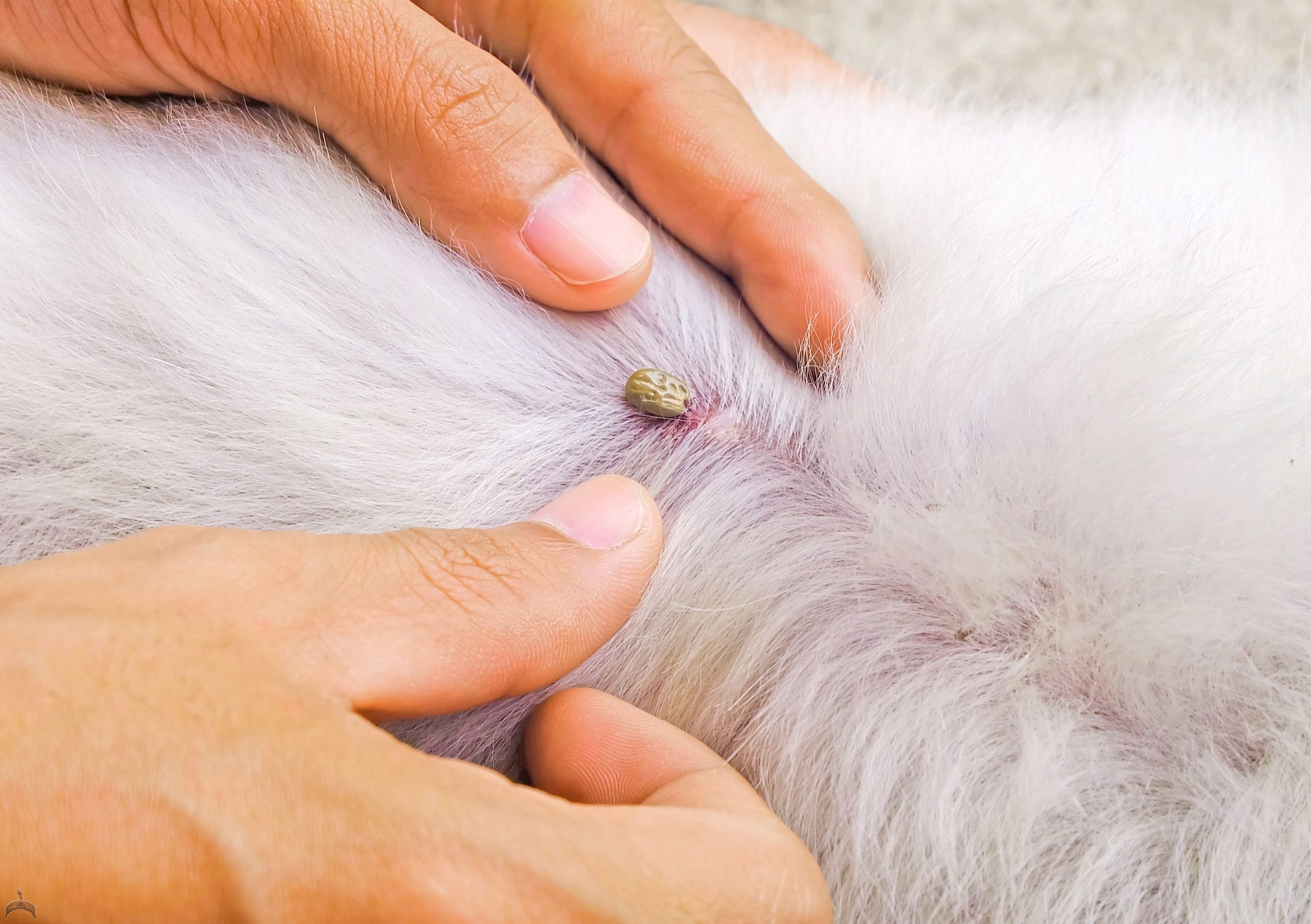Here is the young boy which was attacked by two pets at his house in Igando, Lagos on September 25th (read here), …the pets actually ate his scalp. Law enforcement claim they’re awaiting judge order before euthanizing the dogs. Lord provide his parents strength.
Related Article
Training Dogs Not To Bite

Training Your Dog Not To Bite
In line with the statistics, dogs bite a lot more than 4.7 million people per year. This unwanted, and often avoidable, behaviour, results in law suits, medical bills and sometimes dog euthanasia.
Much like any dog training issue, how easy or difficult it’s to coach your dog not to bite will be different in line with the breed, age and individual temperament of the dog. But there are a few common techniques which will usually help suppress the biting behaviour.
Whenever we can, start young. Puppies have an all natural inclination to mouth and nip. Though it’s often encouraged by owners who understandably begin to see the behaviour as cute, human restraint is just a prerequisite to dog restraint. Good, and bad, habits start young, and have to be controlled only at that early stage.
Beyond about age one month, puppies can begin to understand simple commands. Once the puppy moves his mouth to bite, a soft, but firm’No!’ followed by way of a slight squeeze of the muzzle can help.
Be cautious to not cause the puppy to bite its tongue, though. Be especially careful to not squeeze hard or too much on the muzzle. Dogs have sensitive and delicate odour receptors high up within the nose. There is a constant wish to damage a dog’s power to smell.
The squeeze isn’t to punish, but to inform. The target is to greatly help the young dog associate the verbal command with something it could understand at that age, namely discomfort. Most dogs naturally dislike having their muzzles squeezed at any age.
 Ọmọ Oòduà Naija Gist | News From Nigeria | Entertainment gist Nigeria|Networking|News.. Visit for Nigeria breaking news , Nigerian Movies , Naija music , Jobs In Nigeria , Naija News , Nollywood, Gist and more
Ọmọ Oòduà Naija Gist | News From Nigeria | Entertainment gist Nigeria|Networking|News.. Visit for Nigeria breaking news , Nigerian Movies , Naija music , Jobs In Nigeria , Naija News , Nollywood, Gist and more












